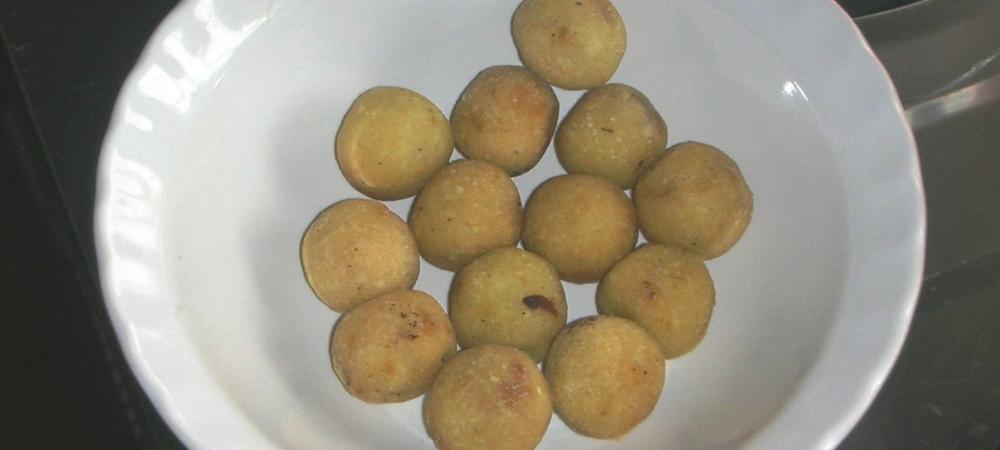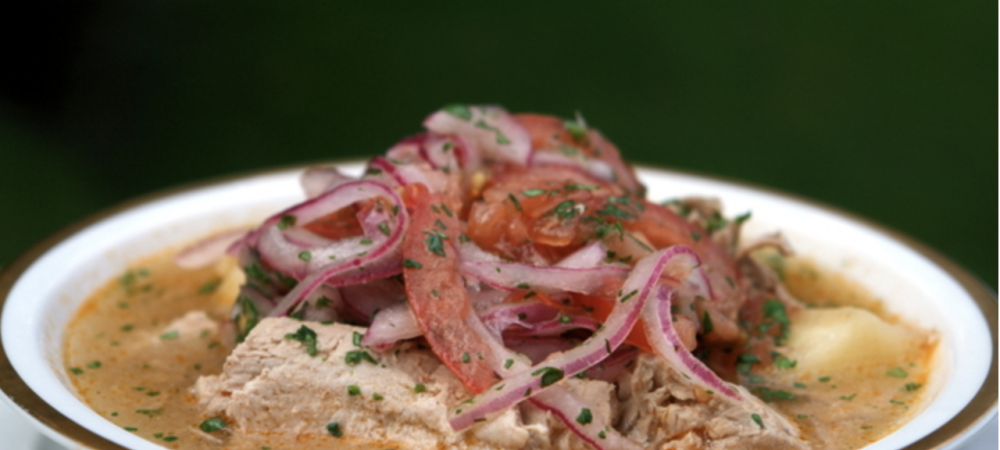Albacore Tuna
Species Description
Albacore tuna have very long, distinctive pectoral fins - those located on the side of its body - and in Hawaii are aptly named “Tombo”, meaning dragonfly. In other areas they are referred to as longfin tuna, with their pectoral fins sometimes equating to as much as 30% of its body length.
Albacore have metallic, dark blue coloration on the topside of their bodies and their undersides are silvery white, which provides camouflage in the ocean when hunting for prey. Prey looking up below the tuna will not be able to distinguish the fish from the glare of the surface water. Likewise, prey from above will not be able to see the tuna as the dark blue colour on the fish blends in with the darkness from the deep. This is also known as counter-shading, and is seen across many marine animals.
Albacore tuna tuna is a temperate species widely distributed in temperate, subtropical and tropical waters in the Atlantic, Pacific, and Indian oceans, as well as the Mediterranean Sea. They form very large schools in the ocean and all swim with their mouths open, which allows oxygen-rich water to flow over their gills so they can breathe.
They can weigh up to 60kg (132 pounds) and can grow to lengths of 1.4m (4.6 feet). However, albacore average at 0.9 - 1m (3.3 feet) and 40kg (88.2 lbs). An albacore’s lifespan is up to 9 years and they are all sexually mature by an age of five years. During spawning, females can lay 2 million eggs per season.
Being high on the food chain, albacore tuna typically feed on fish and squid. However, they are the prey for top predators such as sharks, larger tuna and toothed whales.
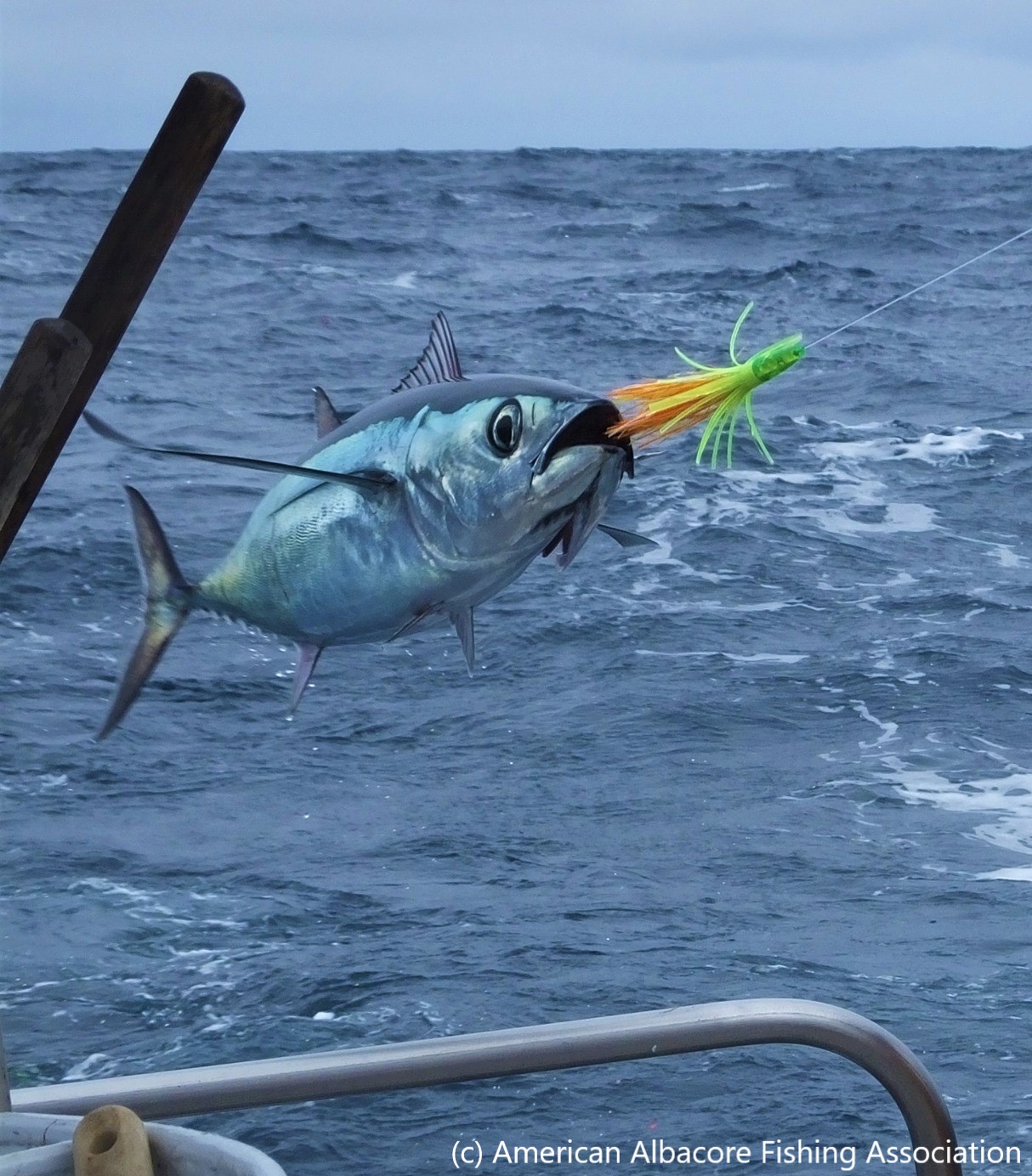
Gallery
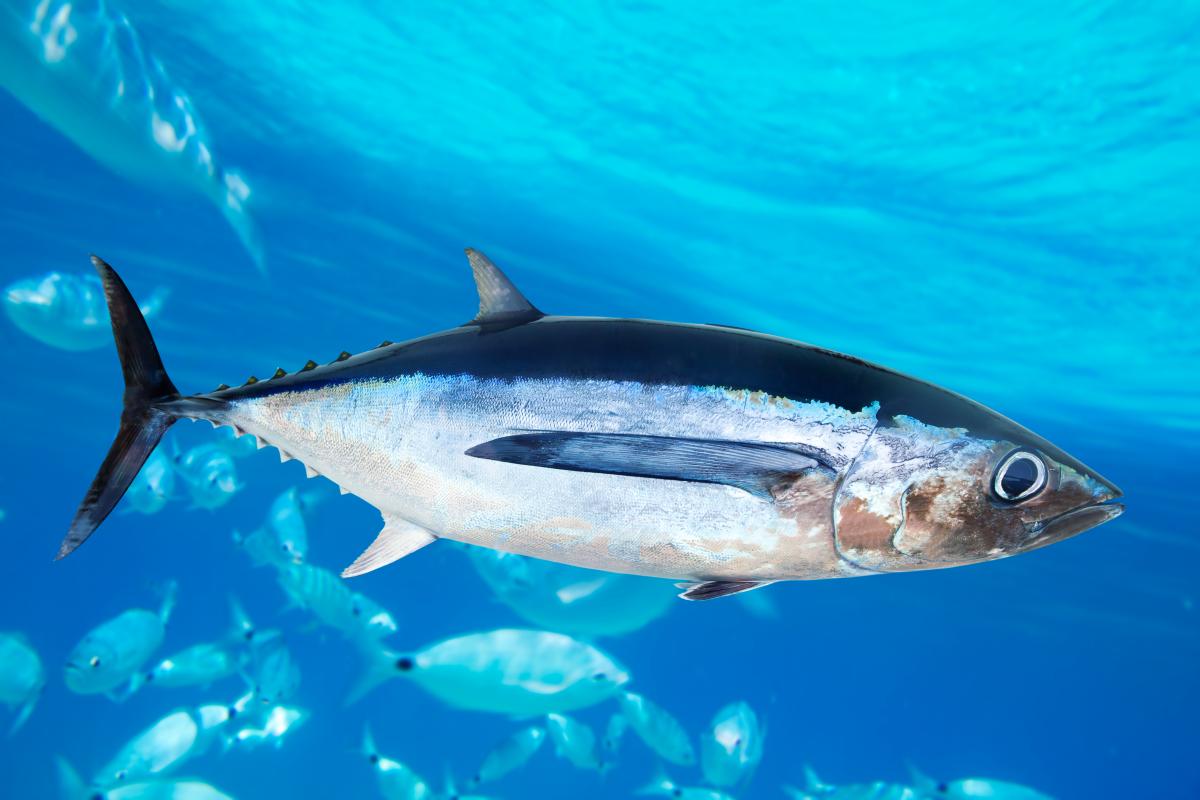
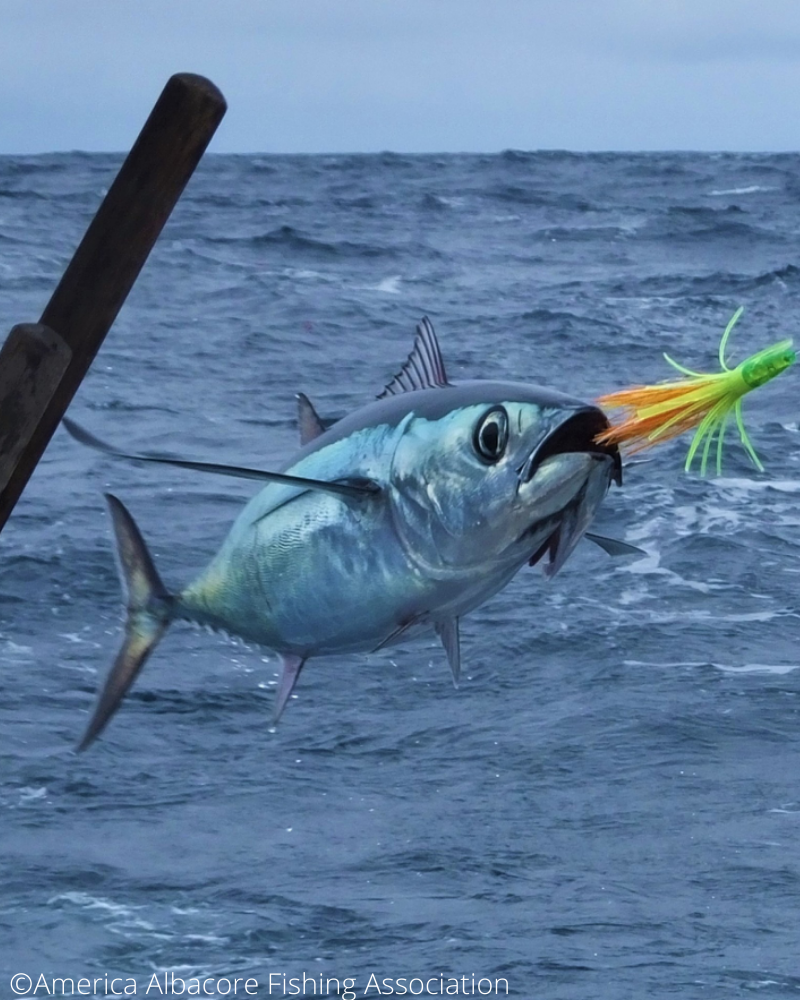
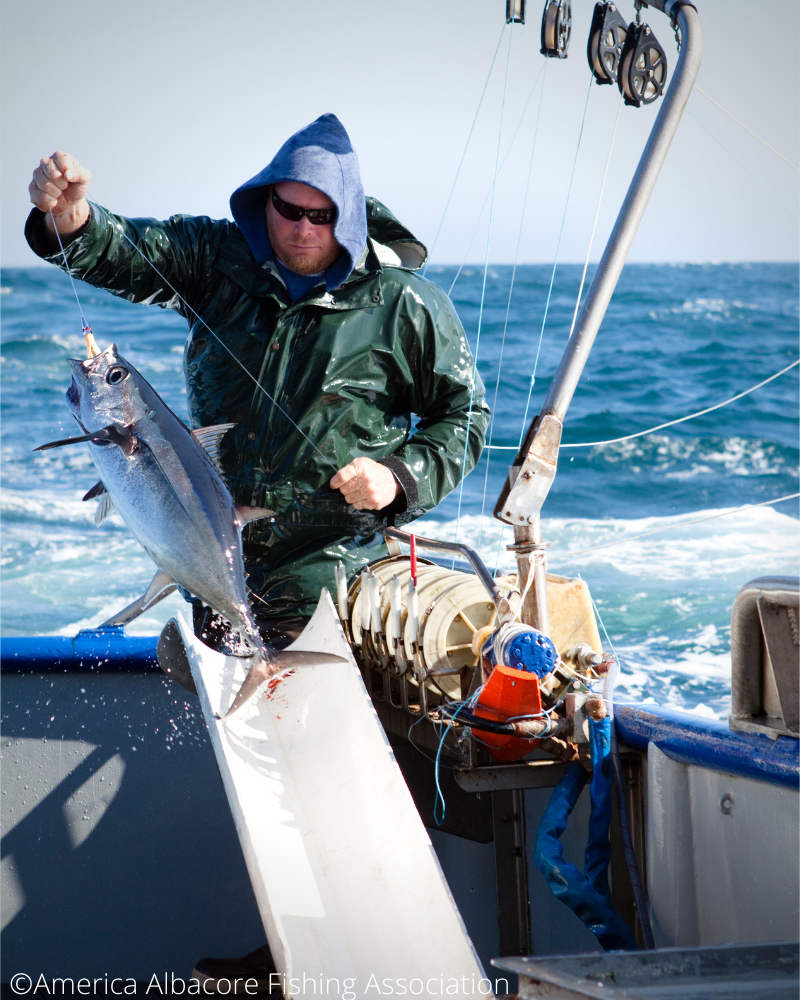
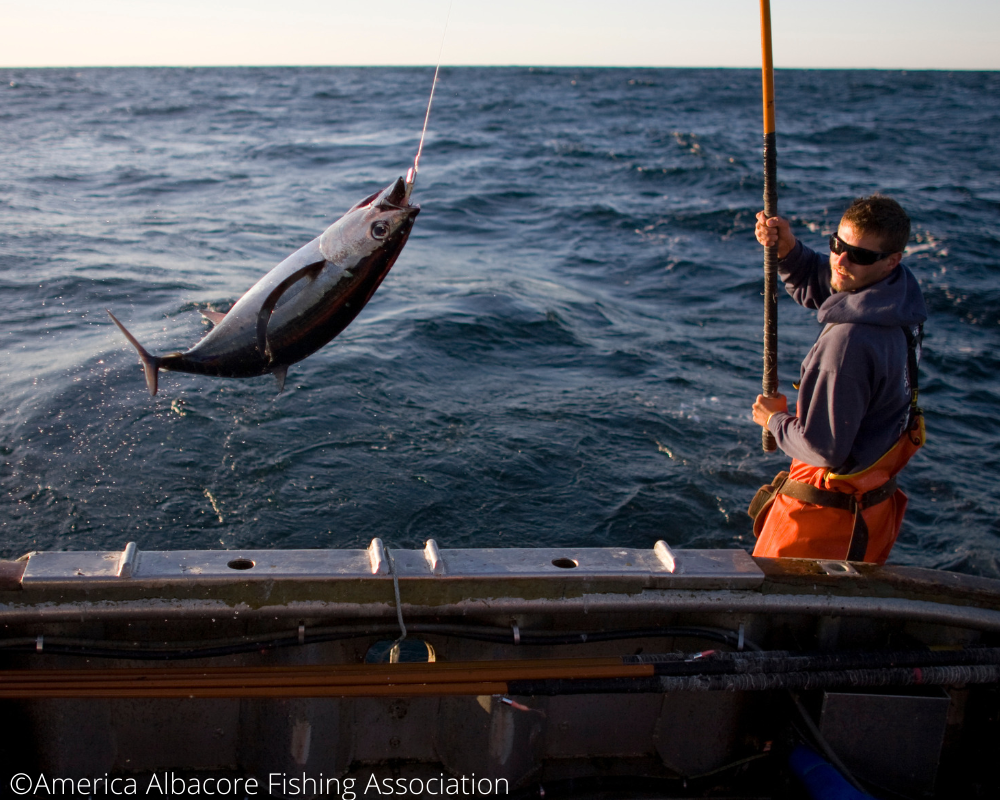
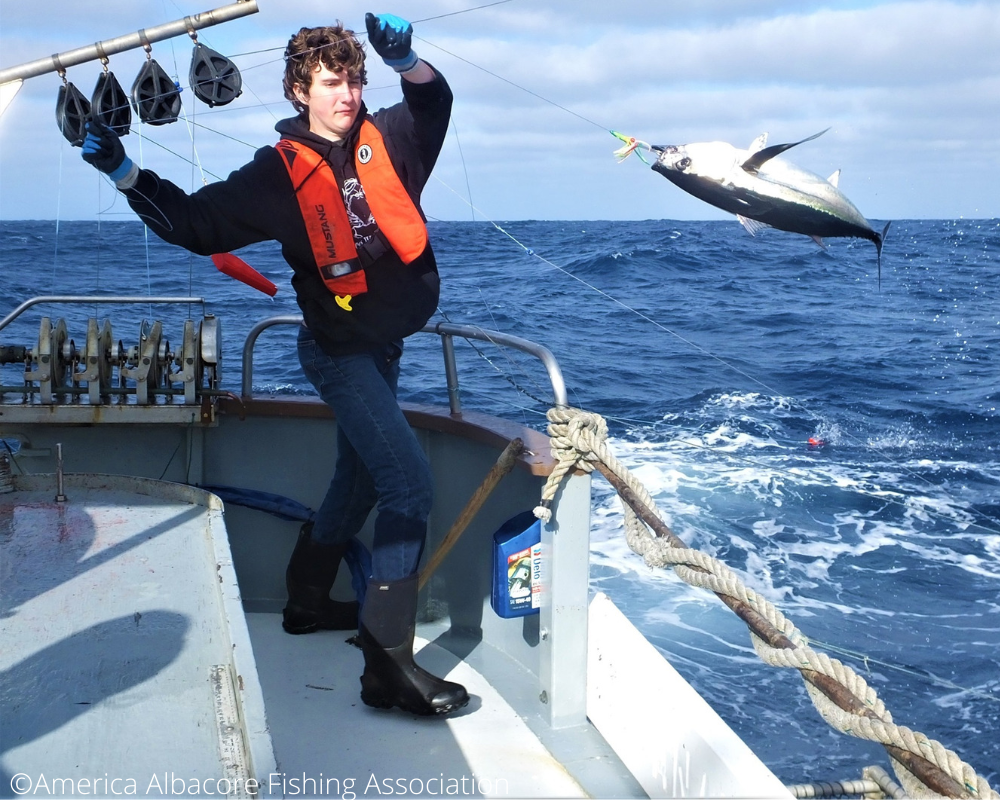
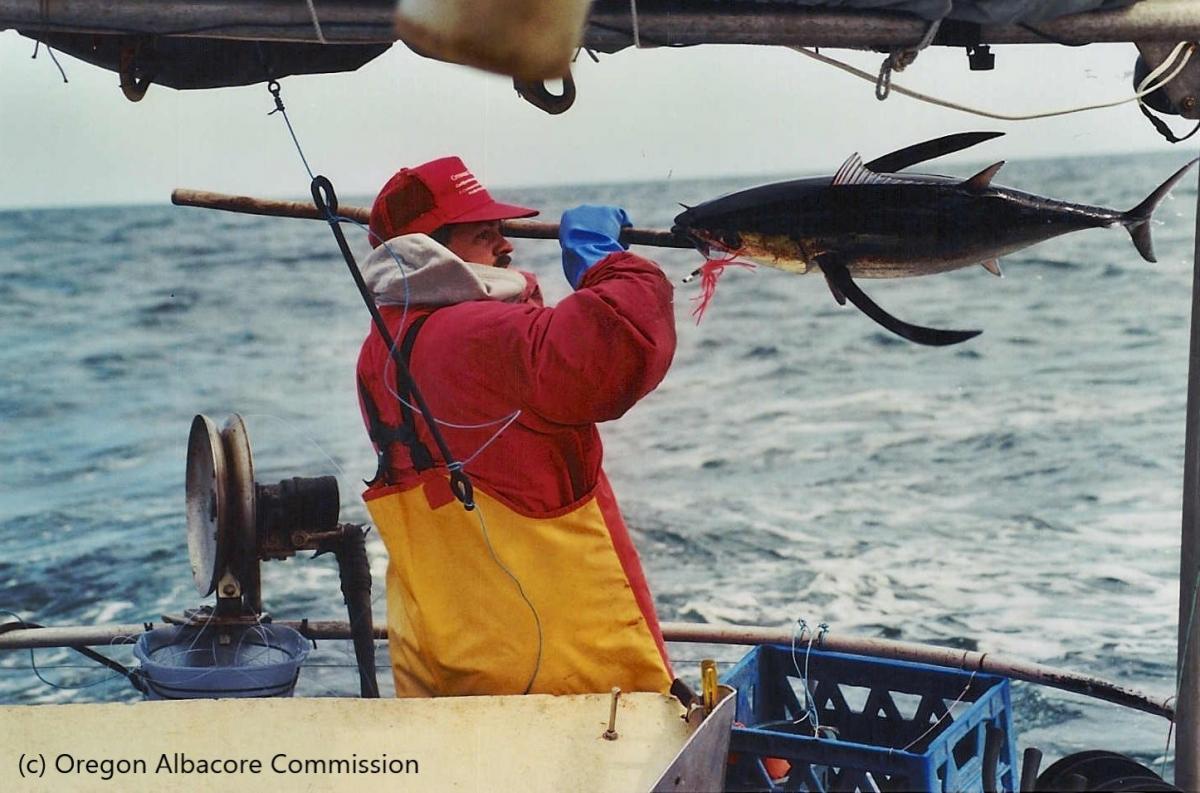
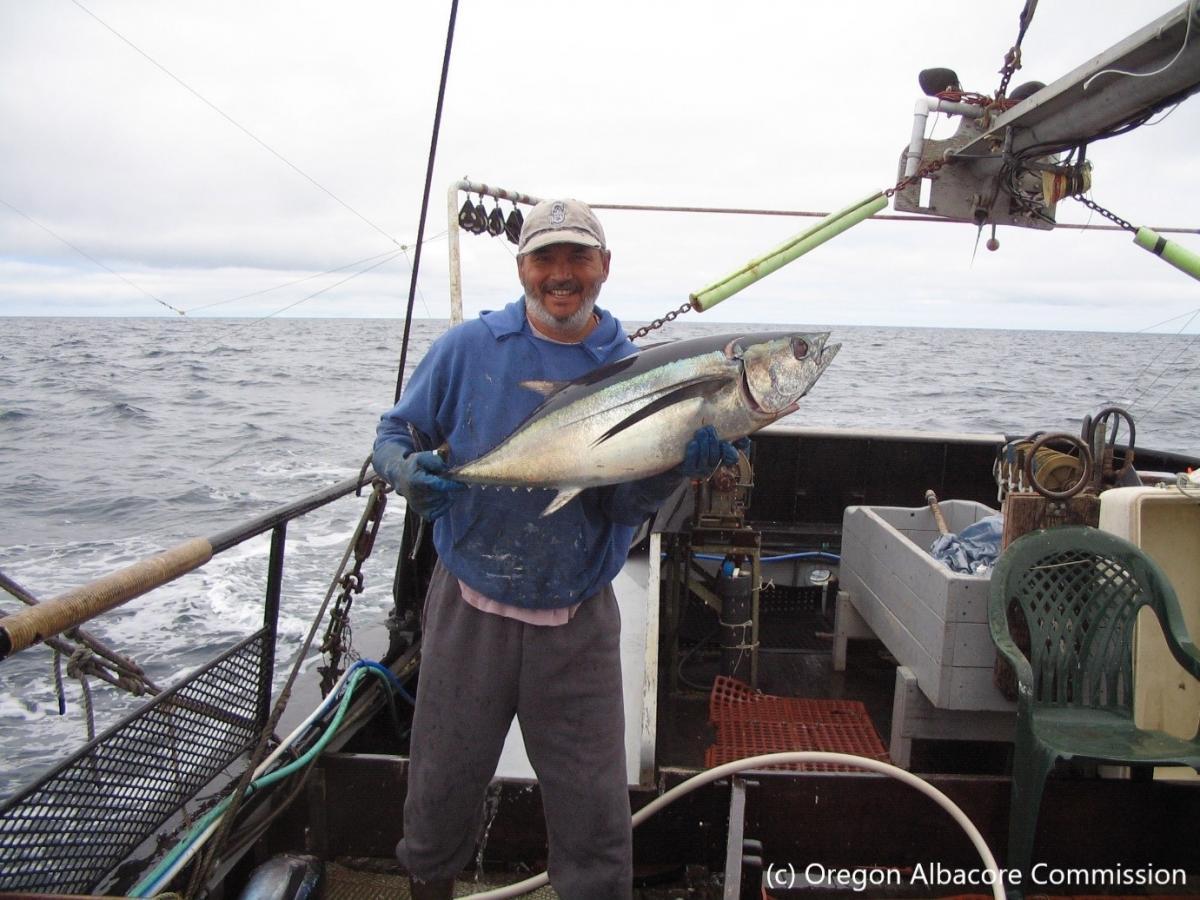
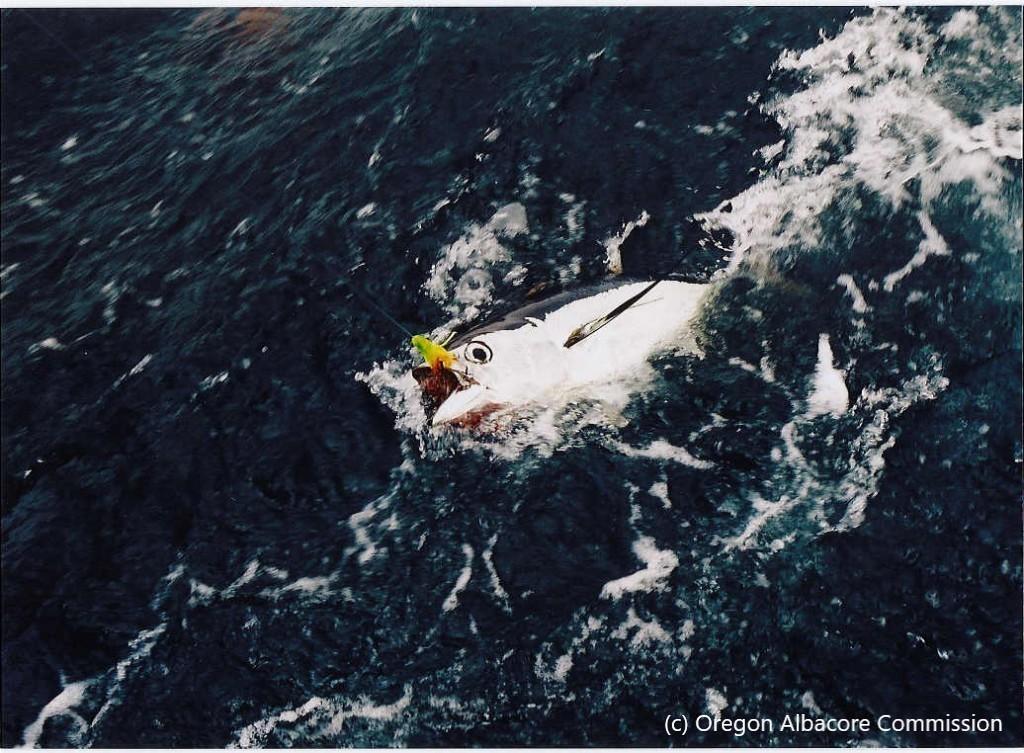
Sustainability
Albacore tuna are a popular tuna species to eat across the world, and different fisheries have differing levels of sustainability. They are classed as 'Near Threatened' on the IUCN Red List. Albacore caught using longline methods are unsustainable due to the high amount of bycatch that is associated with the method. Dolphins, turtles and sharks are among some of the marine species that get caught in longlines and they often end up dying as a result. Purse seine fisheries (that use up to 2 km of heavy, plastic nets) also contribute to bycatch because they circle around an entire school of tuna - trapping everything inside. Species like sharks and dolphins that follow tuna when hunting are often caught inside the nets and die of suffocation and/or drowning in the time it takes to haul the catch on board.
One-by-one fisheries such as pole-and-line and troll that are used around the world to catch albacore tuna have a very low chance of interfering with these important species due to the nature of catching only one tuna at a time. Most pole-and-line fisheries also use barbless hooks, which means that if non-target species are caught, the hook can be removed without damaging the tissue of the animal.
Pole-and-line and troll fishing also contribute very little plastic pollution because each line is only short and each fisher is responsible for their own line. Damages and repairs to individual lines are much easier to manage than those to large lengths of longline or nets. Ghost fishing from discarded longlines and nets is a huge threat to fish stocks via overfishing, and derive from purse seine and longline fisheries, primarily.
By choosing to purchase pole-and-line or troll caught albacore tuna, you are supporting sustainable fisheries around the world that are contributing very little to ocean plastic pollution, bycatch of endangered species and overfishing!
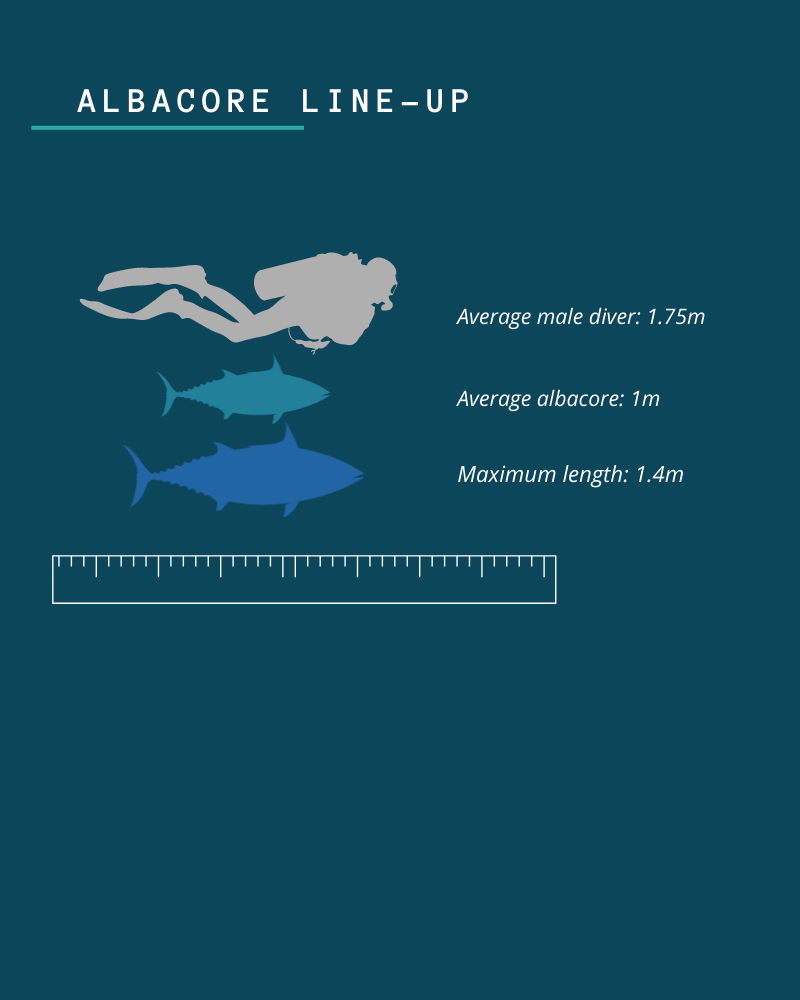
Dive Deeper...
Want to know more about albacore tuna?
Download the reports to learn more about the environmental status of albacore tuna.
Albacore Tuna Fisheries
Seafood
Albacore tuna has the lightest coloured flesh of all tuna species, and is known as “white tuna” across the world including in the United States and some European countries. If buying canned tuna, this is the species that you are most likely to consume, as their large meaty flakes and lighter flavour makes it perfect for preservation in canned tuna: ideal for tossing on to your salads and pasta dishes.
Albacore contributes about 20% of the entire canned tuna sold in the United States, making it the second most popular canned tuna variety. As the meat is flakier than that of bluefin and bigeye, it is not often consumed in sashimi dishes, but is preferred for home cooking, such as grilling on the BBQ or seared as a steak. This species is also found in well-numbered stocks across the globe, and is therefore the preferred tuna catch for large consumption.
As with the other species, albacore tuna is an excellent source of extra lean protein, with a plethora of nutrients including niacin, vitamin B6 and B12, and phosphorus, whilst remaining low in fat and sodium.
Top tip - due to the low oil content, albacore tuna dries out quite quickly so be careful not to overcook!

